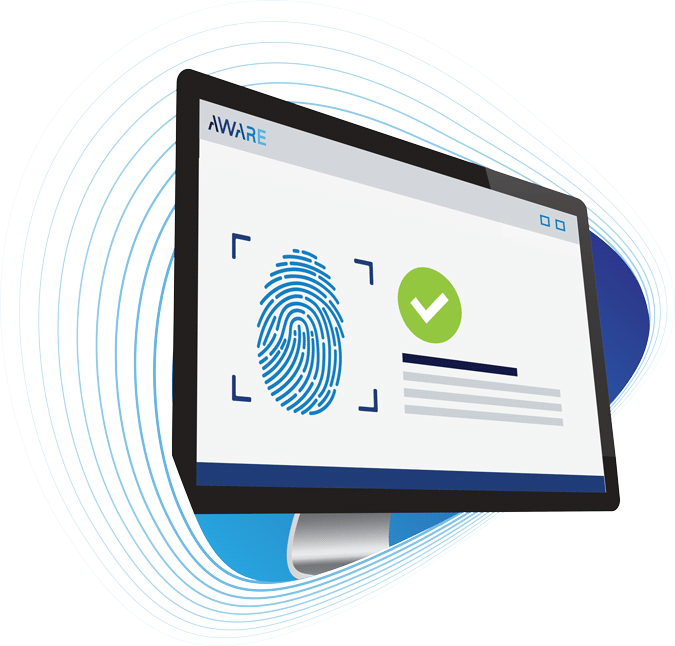The past decade, enterprises across the globe have embraced the Software as a Service (SaaS) model in a big way, taking advantage of the cloud’s ability to offload work, control costs and offer steady streams of new features. Now the pandemic is accelerating the shift to SaaS – particularly involving applications that facilitate remote work.
Some of the same factors are driving a surge in usage of biometrics in the cloud. The global biometrics-as-a-service market is projected to grow by 16% a year in the 2020s, hitting $10.4 billion by 2030. Biometrics’ ability to provide secure, effective identity verification in a frictionless manner for consumers is contributing to its market rise. SaaS’s ease of use and overall business benefits will propel biometrics even farther.
The benefits of biometric technology in the cloud can be summed up as follows:
-
Rapid infrastructure deployment
-
Biometrics on demand
-
Affordability and economies of scale
-
Integration and customization
Cloud-based biometrics enables organizations to acquire search and enroll capabilities without having to build those systems themselves. Organizations of all types can quickly add biometrics technology to existing processes quickly for use in their day-to-day identity management operations. They can start combating fraud and streamlining customer service, without costly, time-consuming and resource-intensive software acquisition and integration processes.
Unlike device-based biometric systems — like FIDO, and Apple’s Touch ID and Face ID — cloud-based biometrics capture the information on the device but then send it to the cloud for processing. Having the services available on demand removes the responsibility for managing the biometric information. Cloud-based services also offer SaaS’s affordability factor, giving organizations the ability to dial resources up and down, using only the biometric services that they need.
Some of the real advantages lie in customization. Rather than having the user have to configure its biometric authentication system for its needs, a biometric provider can create industry-specific solutions that can be delivered from the cloud. A bank can create tap a SaaS-based KYC and customer verification system to prevent fraud, errors and duplicates. A retailer can use a cloud-based system to prevent fraud by having prepaid SIM card purchasers register their fingerprints at the point of sale. A state can tap a system that scans biometrics at voter booths and match in the cloud with information on file.
Cloud and biometrics are important resources on their own. Together, they’ll play an increasingly large role in security conversations in the 2020s, and beyond.

